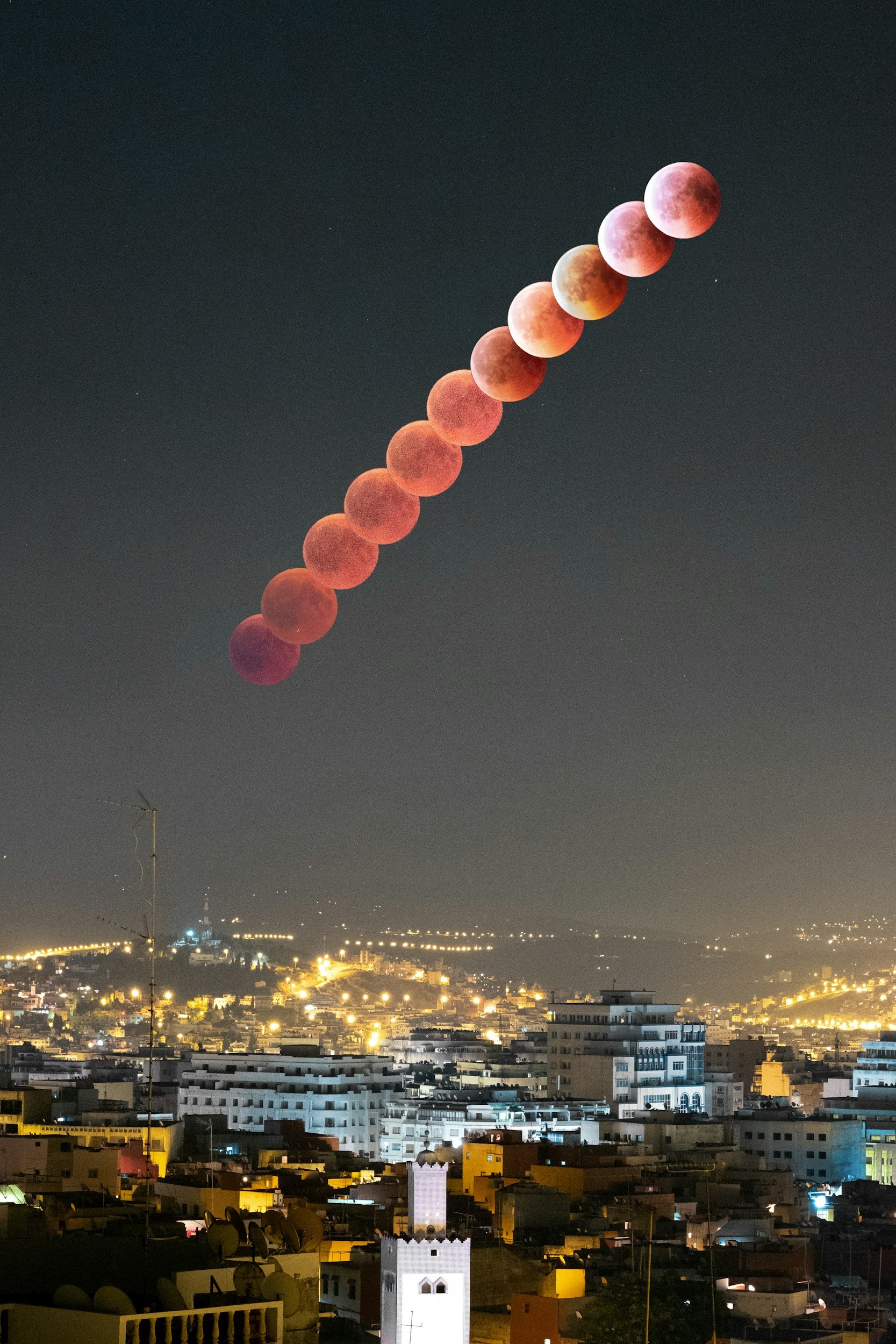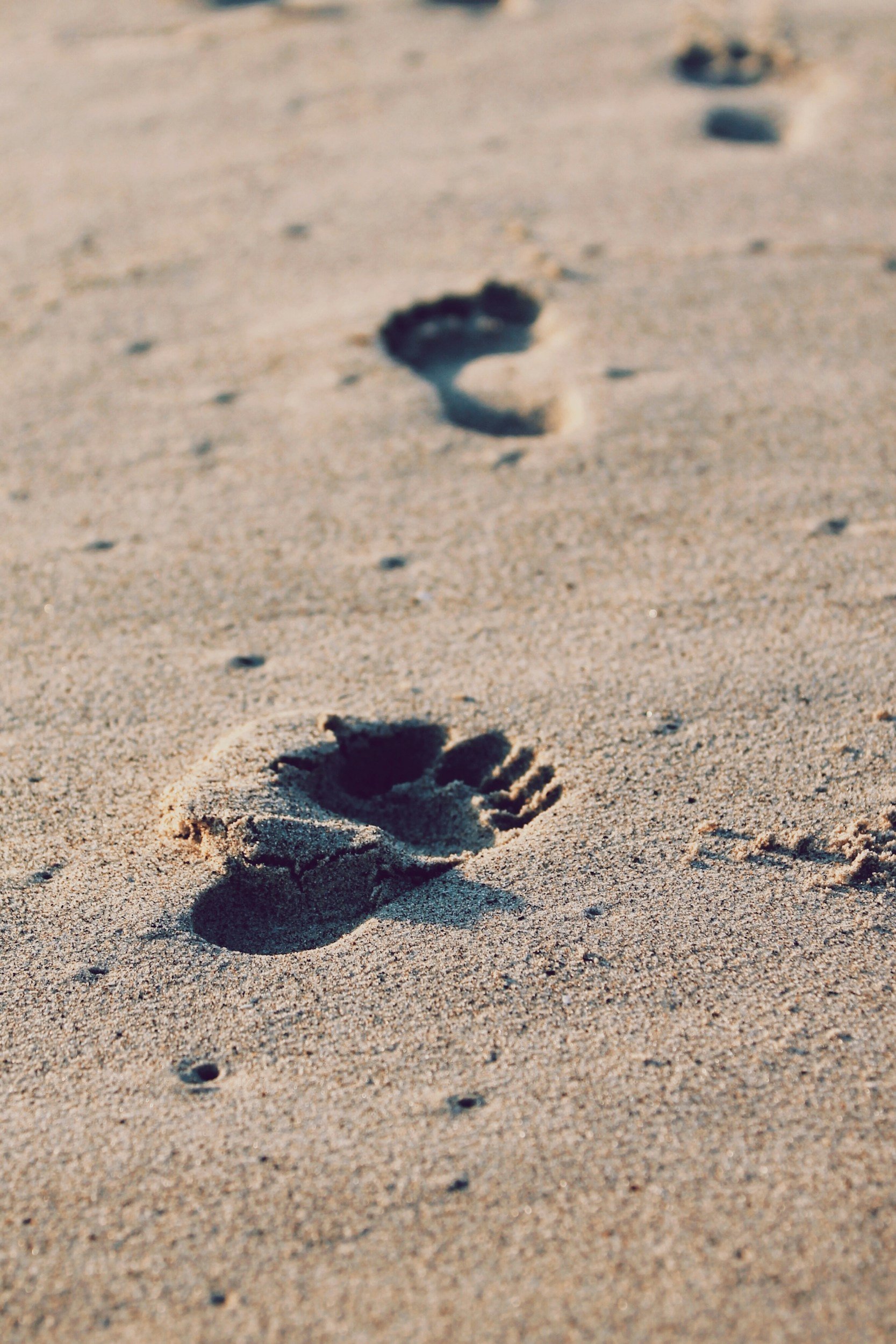Why Does Oguafo Have 13 Lunar Cycles? (Igbo Lunar Calendar Explained)
In ancient Igbo traditions, Onwa—the moon served as a main guide for organizing life and activities on the land. The movement and phases of the moon were used to determine when to plant crops, perform rituals, prepare medicine, and engage in various communal events. For Igbo people, the moon has always been a cosmic clock that kept us attuned to the energy of Ala (the Earth) and the universe.
One of the most significant symbols in Igbo cosmology tied to the lunar calendar is Aniga—the Turtle. The turtle's shell is sacred, and is seen as a perceptive Agwu totem. It is believed to carry cosmic intelligence passed down through generations, understood and decoded by spiritually gifted Dibia (healers and diviners). This cosmic understanding is what informed Igbo ancestral knowledge of the lunar calendar and its 13 cycles.
The number 13 itself carries symbolic weight in Igbo consciousness. Not to mention what it can signify on a standalone basis, when broken down, 1 + 3 equals 4, a number that signifies completion and balance. This concept aligns with the Igbo worldview, which is deeply rooted in the principle of the number four—symbolized by the cardinal directions (Eke, Orie, Afor, Nkwo) and representing the cyclical nature of life.
Why Don’t Igbos Use the Solar Calendar?
The solar calendar is based on the sun’s movement, while the lunar calendar follows the moon’s cycles. Igbo ancestors predominantly aligned with the lunar calendar because they were people deeply connected to Ala, the Earth. Ala is the most revered cosmic force in Igbo spirituality, governing all life, death, and rebirth. They were also deeply attuned to cosmic energy and its alignment, they understood that the Earth resonates with the rhythms of the moon, while the moon draws its vitality and renewal from the sun.
The moon’s energy directly influences the land, tides, and seasons, making it the natural choice for a community that thrived on agriculture, spiritual practices, and harmony with nature. Igbo rituals surrounding birth and death are all intricately tied to Ala and, by extension, the moon. Igbo ancestors maintained a spiritual attunement with both their primal energy and the Earth by following the lunar calendar.
The Moon takes about one month to orbit Earth (27.3 days to complete a revolution, but 29.5 days to change from new moon to new moon). As the Moon completes each 27.3-day orbit around Earth, both Earth and the Moon are moving around the Sun. So within a year, the moon completes 13 orbits around the Earth. This gives us 13 lunar months with 28-29.5 days each.
Why Do People Insist That an Igbo Lunar Month Has 28 Days?
The belief that a lunar month has 28 days stems partly from symbolism associated with the turtle's shell. The outer ring of small scales (marginal scutes) on a turtle’s shell normally numbers 28—14 on each side of the carapace. For Igbo ancestors, these 28 scutes symbolized the days in a lunar month.
However, skilled dibia used this framework as a starting point. With their expertise in reading lunar cycles, they could divine the precise moment a new moon began and ended. Modern astrological tools now allow us to calculate these moments with accuracy, but the foundational structure provided by the turtle’s shell remains a symbolic touchstone.
It’s important to note that while the moon completes an orbit around Earth every 27.3 days (a sidereal month—which is the time needed for the Moon to return to the same place against the background of the stars), a full lunar cycle (new moon to new moon) takes approximately 29.5 days (a synodic month). This discrepancy arises because the Earth is also orbiting the sun, and the moon must “catch up” to align with the same relative position.
Why Did Igbo Ancestors Use the Turtle’s Shell for the Lunar Calendar?
The turtle’s shell provided a structural framework for the Igbo understanding of lunar cycles. Its carapace often features 13 large scutes in the center, representing the 13 moons in a lunar year. These larger plates, or growth rings, serve as a metaphor for the lunar cycle's progression, much like the natural aging and growth of the turtle itself.
The turtle is also a highly significant totem in the (Nne)Agwu energy cohort as it speaks to the energy of divination, symbolizing wisdom, patience, and the ability to navigate cosmic mysteries. For the Dibia and other spiritual practitioners, the turtle’s shell is also a divination tool imbued with spiritual energy.
What Are the Moon Names for Each Month?
Each lunar month in Igbo lunar calendar has a name reflecting natural events, energies, or activities significant to the land during that period. These names vary across Igbo communities due to differences in dialects and cultural practices (omenala).
However, the moon names popularized through the Nri traditional system have become widely recognized today. You can find detailed descriptions of these names and their significance in the post: Ògụ́àfọ̀ Ị̀gbò: The 13 Moons In Igbo Cosmology & Their Significance In Odinani.
Final Thoughts
In the modern world, navigating the lunar calendar alongside the solar calendar can seem daunting. However, as a 21st-century practitioner of Odinani, it has become a meaningful responsibility to honor and integrate this ancestral wisdom.
Personally, I use both calendars. While the English calendar helps me stay aligned with the modern world's demands, the Igbo lunar calendar provides a spiritual framework for my rituals, energy work, and connection to Ala. It’s not always easy, but the cultural and energetic rewards are immeasurable.
For anyone seeking to align with the Igbo lunar calendar, I recommend starting with a commitment to observe and honor the four Igbo market days, then the new moons. Over time, you’ll find yourself naturally syncing with the cycles that guided our ancestors—a practice that brings balance, wisdom, and a deeper connection to the land and cosmos.
Let us remember that by honoring the 13 moons of Oguafo, we not only preserve an ancient heritage but also reconnect with the cosmic rhythms that sustain life itself. Yagazie li gi!
Recommended Resources:
13 Moons of the Igbo Lunar Calendar | Oma’s Odinani Mystery School (YouTube)
Mystery of the Four Market Days Explained - Why is The Sacred Igbo Calendar is More than a Calendar | Medicine Shell (YouTube)
Onwa Arushi of the Moon (and Ancient Igbo Calendar) Explained | Medicine Shell (YouTube)
The Magic of Eke, Orie, Afo, and Nkwo | Ugoebenaja (YouTube)











